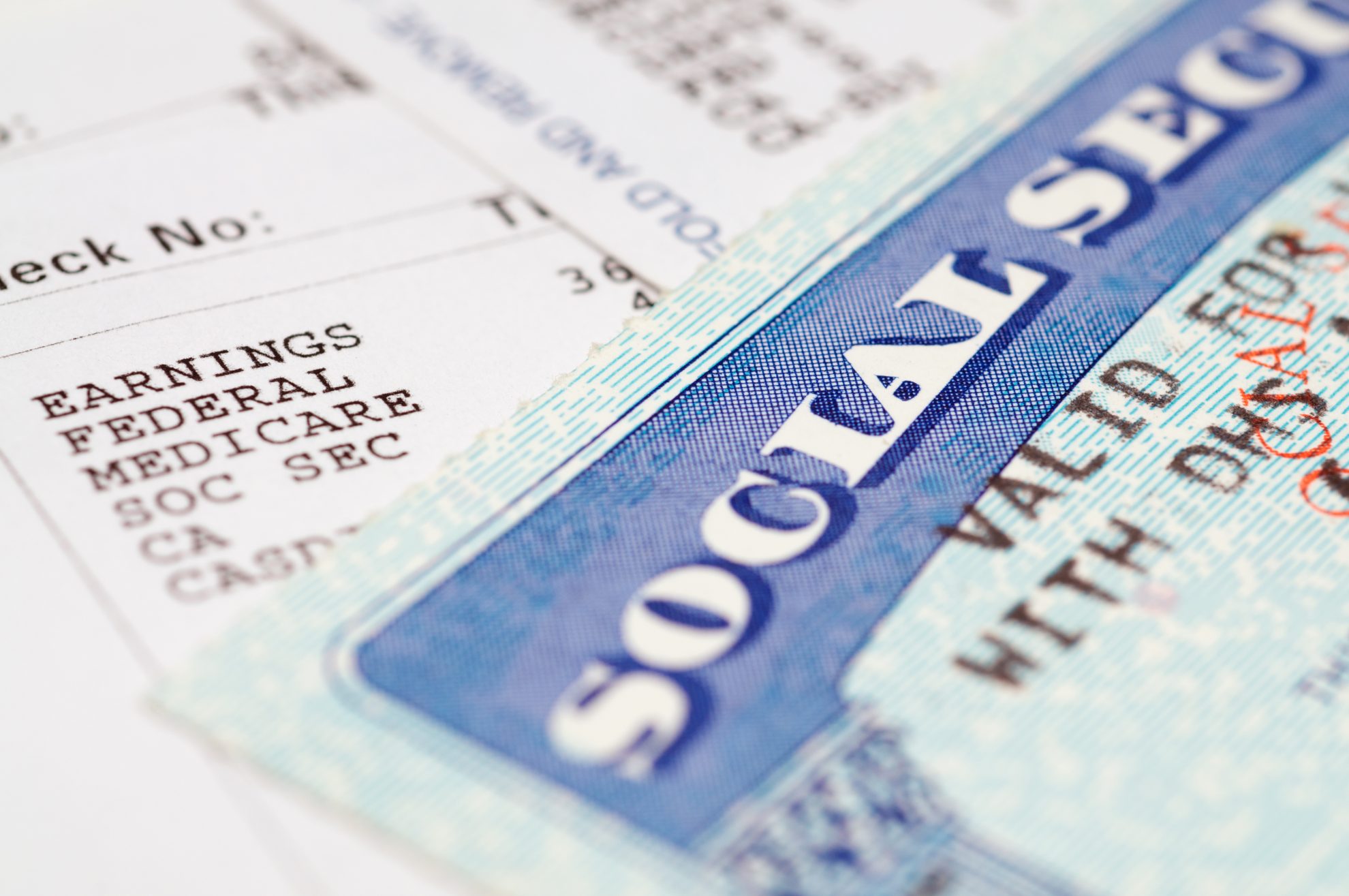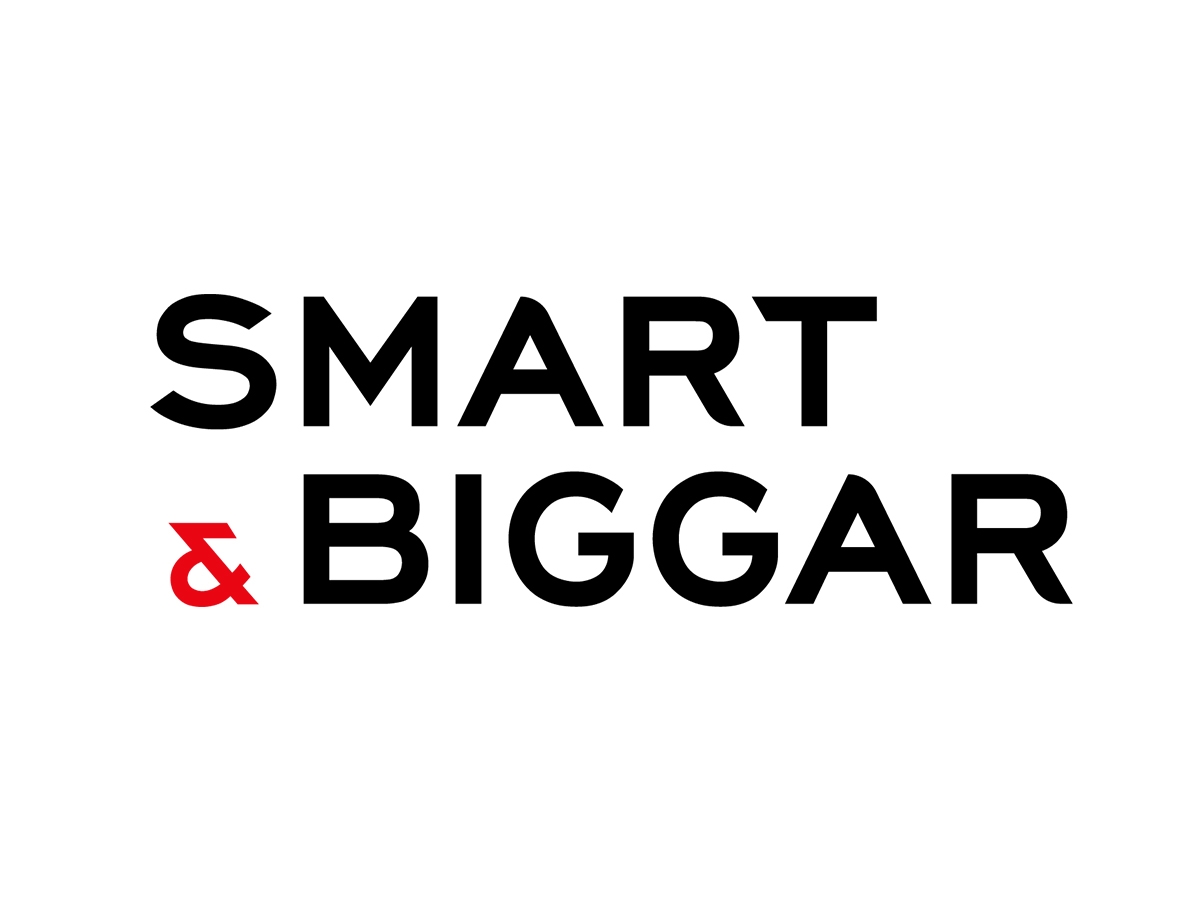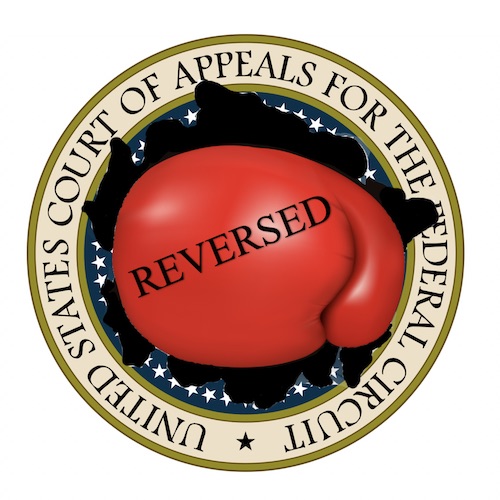USPTO Issues Updated Obviousness Guidance Tracing 15 Years of Case Law Following KSR
“An important theme in the development of obviousness law following Graham and KSR is that the inquiry is not limited to certain factors expressly stated in Graham.”
On February 27, the U.S. Patent and Trademark Office (USPTO) published a notice in the Federal Register providing updated guidance for agency decision-makers on making proper determinations of obviousness under the U.S. Supreme Court’s 2007 ruling in KSR International Co. V. Teleflex Inc. While the USPTO’s examiner guidance doesn’t constitute substantive rulemaking, it traces 15 years of case law from the U.S. Court of Appeals for the Federal Circuit to clarify several areas of confusion stemming from the Supreme Court’s calls for a flexible approach to the obviousness analysis for patent validity.
PHOSITA’s Common Sense is Important Aspect of Flexible KSR Standard
Since the Supreme Court struck down the Federal Circuit’s rigid “teaching-suggestion-motivation” test in KSR, many members of the patent community have expressed concerns over the increased subjectivity in the Supreme Court’s obviousness approach. The USPTO’s recent guidance for examiners and personnel at the Patent Trial and Appeal Board (PTAB) focuses on post-KSR precedential decisions of the Federal Circuit on obviousness that have “refine[d] the contours of the obviousness inquiry.” While maintaining a flexible approach, the USPTO added that these updated guidelines emphasize that examiners must provide a reasoned explanation when explaining a conclusion on obviousness to an inventor.
Briefly, the USPTO’s updated obviousness guidance notes that, due to passage of the America Invents Act (AIA) in the years following KSR, examiners determining obviousness for post-AIA patents should change the time focus of the inquiry to “before the filing date of the effective invention” as the AIA amended in 35 U.S.C. § 103. The USPTO’s guidance also acknowledged KSR’s clear reaffirmation of the Supreme Court’s seminal ruling in Graham v. John Deere Co. (1965), which the USPTO’s guidance referred to as an objective inquiry.
The USPTO’s guidance finds that Federal Circuit case law following KSR has taken a flexible approach not only to understanding the scope of the prior art, but also to providing a reason to modify the prior art. In understanding the prior art’s scope, the USPTO underscored that examiners must consider the common sense of a person having ordinary skill in the art (PHOSITA) to recognize reasonable inferences that a PHOSITA would draw from the prior art references. For instance, in Zup, LLC v. Nash Manufacturing (2018), the Federal Circuit found a motivation to combine references without an express teaching from the prior art due to industry concerns for rider safety that would necessarily be felt by a PHOSITA. The USPTO’s guidance added that the scope of the prior art inquiry was related to issues of analogous art, citing obviousness decisions from the Federal Circuit that recall the “same field of endeavor” and “reasonably pertinent” tests in determining whether an asserted prior art reference is analogous to the patent claims for determining validity.
‘Common Sense’ Cannot Replace Articulated Reasons and Evidentiary Support
While Federal Circuit rulings on obviousness continue to discuss the motivation of a PHOSITA to combine prior art references, the USPTO recognized that the term “motivation” is understood much more broadly following KSR. Several motivations that could potentially be felt by a PHOSITA were outlined by the Federal Circuit in 2013’s Plantronics v. Aliph, including market forces, design incentives, known problems in a field of endeavor, or the interrelated teachings of multiple patents. Other Federal Circuit cases have also established that a PHOSITA may be motivated by desires to improve on the prior art, and that a PHOSITA may be properly motivated to combine even when a perceived problem can be addressed in a more advantageous way.
Despite the added flexibility of the obviousness analysis post-KSR, the USPTO guidance reminds examiners that they must still provide articulated reasoning and evidentiary support when making determinations that patent claims are invalid as obvious. The Federal Circuit has highlighted the need for such analysis in cases like Plantronics and Arendi S.A.R.L. v. Apple (2016), which specifically noted that “references to ‘common sense’–whether to supply a motivation to combine or a missing limitation–cannot be used as a wholesale substitute for reasoned analysis and evidentiary support.” The USPTO added that clearly reasoned obviousness determinations serve the agency’s goal of compact prosecution that enables patent examination to conclude at the earliest possible time.
The USPTO’s guidance also reminds those employees making obviousness determinations that they are required to consider all evidence relevant to obviousness that is properly before them. An important theme in the development of obviousness law following Graham and KSR is that the inquiry is not limited to certain factors expressly stated in Graham. When a patent applicant or owner makes an argument on objective indicia of non-obviousness, which includes secondary considerations like commercial success or long felt but unsolved need, the decision-maker is not free to ignore those arguments. However, the evidentiary support for such secondary considerations cannot rely on conclusory testimony from expert witnesses as the Federal Circuit has underscored in rulings like Quanergy Systems v. Velodyne Lidar (2022).
Acknowledging that there is no “one-size-fits-all” approach to obviousness determinations following KSR, the notice says that agency personnel must call upon both legal and technical expertise in making proper obviousness determinations. Legally proper rejections will be characterized both by findings of fact and reasoned explanations of why the claimed technology would be obvious to a PHOSITA, the USPTO’s guidance concludes.
Image Source: Deposit Photos
Author: iqoncept
Image ID: 184059722
Steve Brachmann
Steve Brachmann is a graduate of the University at Buffalo School of Law, having earned his Juris Doctor in May 2022 and served as the President of the Intellectual Property […see more]







